In a bold move that underscores the accelerating convergence of electronic design automation (EDA) and mechanical engineering, Cadence Design Systems announced its agreement to acquire Hexagon AB’s Design & Engineering (D&E) business for approximately €2.7 billion, equivalent to about $3.16 billion. This… Read More
Author: Admin
Cadence’s Strategic Leap: Acquiring Hexagon’s Design & Engineering Business
Beyond Von Neumann: Toward a Unified Deterministic Architecture
By Thang Tran
For more than half a century, the foundations of computing have stood on a single architecture: the Von Neumann or Harvard model. Nearly all modern chips—CPUs, GPUs, and even many specialized accelerators—rely on some variant of this design. Over time, the industry has layered on complexity and specialization to… Read More
Static Timing Analysis Signoff – A comprehensive and Robust Approach
By Zameer Mohammed
Once a chip is taped out, changes in design are not possible – Silicon is unforgiving, does not allow postproduction modifications. In contrast, software can be updated after release, but chips remain fixed. Static Timing Analysis (STA) signoff serves as a crucial safeguard against silicon failures.
In modern… Read More
eBook on Mastering AI Chip Complexity: Pathways to First-Pass Silicon Success
The rapid evolution of artificial intelligence (AI) is transforming industries, from autonomous vehicles to data centers, demanding unprecedented computational power and efficiency. As highlighted in Synopsys’ guide, the global AI chip market is projected to reach $383 billion by 2032, growing at a 38% CAGR. This … Read More
Orchestrating IC verification: Harmonize complexity for faster time-to-market
By Marko Suominen and Slava Zhuchenya of Siemens Digital Industries Software.
It’s often said that an orchestra without a conductor is just a collection of talented individuals making noise. The conductor’s role is to transform that potential cacophony into a unified, beautiful symphony. The same concept holds… Read More
How AI Workloads Shape Hardware Architecture
The evolution of AI workloads has profoundly influenced hardware design, shifting from single-GPU systems to massive rack-based clusters optimized for parallelism and efficiency. As outlined in this Hot Chips 2025 tutorial, this transformation began with foundational models like AlexNet in 2012 and continues with today’s… Read More
Advancements in High-Density Front- and Backside Wafer Connectivity: Paving the Way for CMOS 2.0
In the rapidly evolving semiconductor landscape, imec’s recent breakthroughs in wafer-to-wafer hybrid bonding and backside technologies are reshaping the future of compute systems. As detailed in their article, these innovations transition CMOS 2.0 from a conceptual framework to practical reality, enabling denser,… Read More
Revolutionizing Chip Packaging: The Impact of Intel’s Embedded Multi-Die Interconnect Bridge (EMIB)
In an era dominated by artificial intelligence (AI), machine learning (ML), and high-performance computing (HPC), the demand for semiconductors that deliver high data throughput, low latency, and energy efficiency has never been greater. Traditional chip designs often struggle to keep pace with these requirements, leading… Read More
Breaking out of the ivory tower: 3D IC thermal analysis for all
Todd Burkholder and Andras Vass-Varnai, Siemens EDA
As semiconductor devices become smaller, more powerful and more densely integrated, thermal management has shifted from an afterthought to a central challenge in modern IC design. In contemporary 3D IC architectures—where multiple chiplets are stacked and closely arrayed—power… Read More
Free and Open Chip Design Tools: Opportunities, Challenges, and Outlook
Designing semiconductor chips has traditionally been costly and controlled by a few major Electronic Design Automation (EDA) vendors—Cadence, Synopsys, and Siemens EDA who dominate with proprietary tools protected by NDAs and restrictive licenses. Fabrication also requires expensive, often export-controlled equipment.… Read More

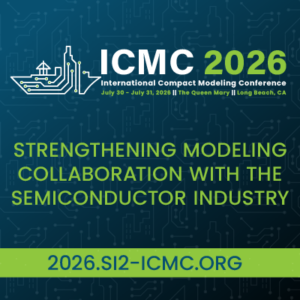



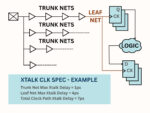

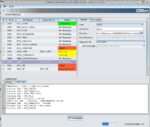




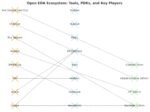



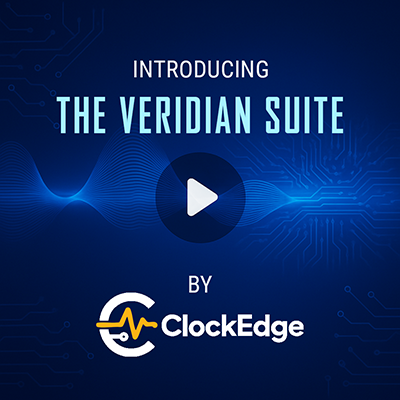



Quantum Computing Technologies and Challenges